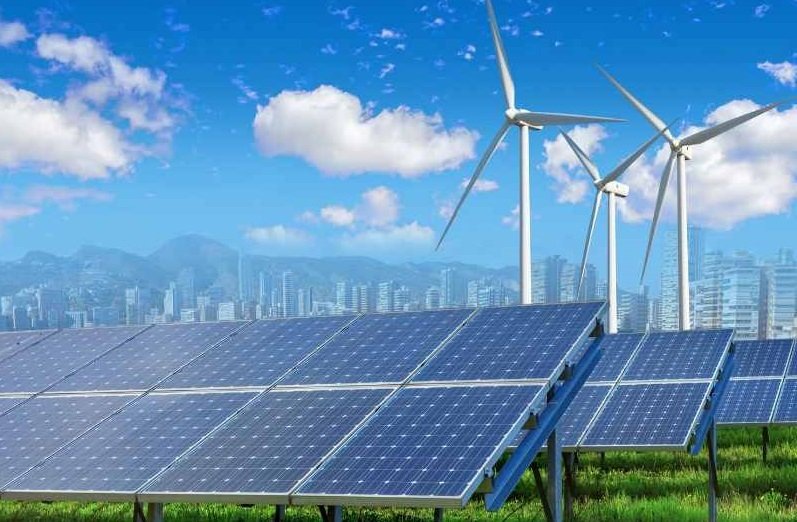The government of Zambia has signed an agreement with the World Wide Fund for Nature (WWF) to boost the development of clean energy in the country.
The Ministry of Energy Permanent Secretary Trevor Kaunda made the announcement and said that the deal is set to provide a platform for uniting efforts, expertise and resources aimed at harnessing opportunities that promote clean energy development and increase access to sustainable energy.
“The government recognizes the potential damage to the environment that exploitation of energy causes,” said Mr Kaunda.
Read:UNHCR to build 10 solar PV systems in three East African countries
The agreement will also assist in hosting a renewable energy forum in 2021 aimed at attracting investment, support capacity building and community sensitization programs. On his part, WWF Zambia Country Director Nachilala Nkombo said that the signing of the agreement was about helping the country deal with its energy crisis.
“There was a need for radical and innovative measures for adoption of diversified and scaled-up renewable energy options. There is an urgent need for concerted efforts by all stakeholders to support the diversification and development of non-hydro renewable resources of energy that are climate-resilient,” said Nkombo.
Energy crisis in Zambia
Zambia has 2,800 MW of installed electricity generation capacity, of which 85% is hydro based. National access to electricity averages at 31% with 67% of the urban and 4% of the rural population having access to power.
The country is currently experiencing power shortages and regular interruptions in service. Zambia’s crippling energy crisis is primarily due to the low level of investment in a sector that has failed to keep pace with the country’s high growth. While measures are being taken by the government to address the situation, it is unclear on the extent to which these measures are ameliorating the damage caused to consumers as demand for electricity continues to grow by an estimated 200MW annually

